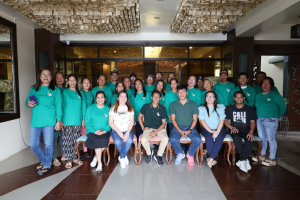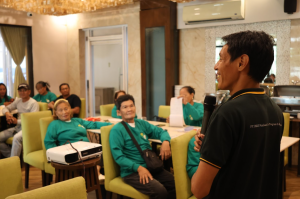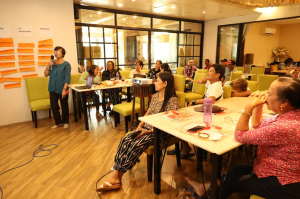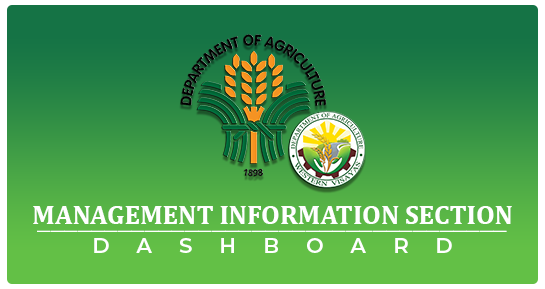Clustering, responsible pest management urged to boost corn industry in WV
Posted by: RAFIS DA6 | Posted at: June 11, 2025

Roxas City, Capiz – With Western Visayas currently at just 56% corn sufficiency, the Department of Agriculture (DA) is pushing for intensified efforts in clustering and responsible pest management to enhance the region’s corn industry.
Twenty-five corn farmer-leaders from Capiz gathered for a three-day training on corn production that goes beyond the basics, equipping them with the tools to lead pest control efforts and market alignment within their communities.
DA Western Visayas Regional Corn Program Coordinator Renan P. Palomo highlighted the challenges facing the corn sector. Among them: a decline in demand for yellow corn due to African Swine Fever outbreaks that have affected livestock industries and consequently reduced the need for animal feeds.
“Small farmers are having difficulty selling their produce because of this demand drop,” Palomo said. “This is why we are doubling down on clustering and consolidation. It’s more than just grouping farmers- it’s building market access and unlocking resources.”
Palomo emphasized that clustering enables corn farmers and their associations to meet the bulk requirements of large feed manufacturers, making them more competitive. It also opens doors for assistance beyond basic inputs, such as access to farm machinery and marking support through an established value chain.



The training also introduced new pest management strategies, a critical concern for sustaining production. Regional experts presented innovations in controlling the Fall Armyworm (FAW), a persistent pest in corn fields. Nora T. Garpa, Senior Science Research Specialist from the DA-Research Division, shared findings that could significantly reduce labor and costs associated with FAW management.
Manuela G. Alviar of the Regional Crop Protection Center covered Integrated Pest and Disease Management techniques, while Victoria G. Sorallo of the Regional Feed Laboratory tackled the dangers of aflatoxin contamination in corn.
The training is the result of ongoing dialogue between farmer leaders and local government units, aimed at solving pressing production challenges. Organizers hope that participants, as leaders of their respective organizations, will cascade their learning, fostering a ripple effect of improved corn production practices across Capiz.
As the corn industry navigates market and pest-related hurdles, DA’s renewed campaign on clustering, pest control, and value chain development aims to help smallholders in Capiz and the rest of Western Visayas find stability and growth. ###
Text and Photos by Aileen Joy Subade/DA-RAFIS 6






